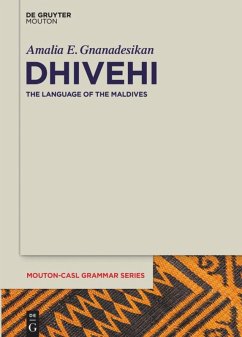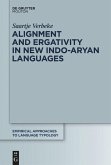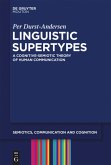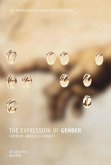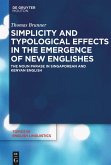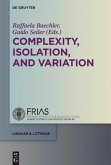dhivehi (Maldivian), the national language of the Maldives, has received very little attention in the linguistic literature. With Sinhala (Sinhalese) Dhivehi constitutes a branch of the Indo-Aryan languages that shows a number of features unusual within the Indo-Aryan group, such as a lack of contrastive aspiration, prenasalized stops, and a lack of relative pronouns. Dhivehi also displays features unknown to Sinhala, such as a nonverbal copula and an associative plural, as well as its own unique alphabet, Thaana.
Based on both fieldwork and corpus research, this grammar provides comprehensive coverage of the phonology, orthography, morphology, and syntax of standard written and spoken Dhivehi. The plentiful examples provide native Thaana orthography, Roman transliteration, and morpheme-by-morpheme glossing along with free translations.
Written in an accessible style from a theory-neutral perspective, this work will be of use to linguistic researchers, language scholars, and students of Dhivehi.
Based on both fieldwork and corpus research, this grammar provides comprehensive coverage of the phonology, orthography, morphology, and syntax of standard written and spoken Dhivehi. The plentiful examples provide native Thaana orthography, Roman transliteration, and morpheme-by-morpheme glossing along with free translations.
Written in an accessible style from a theory-neutral perspective, this work will be of use to linguistic researchers, language scholars, and students of Dhivehi.

